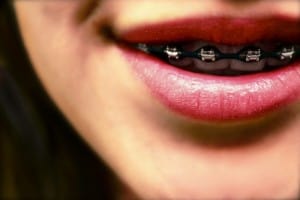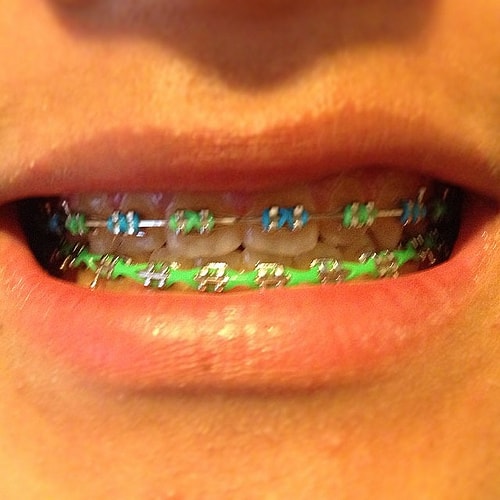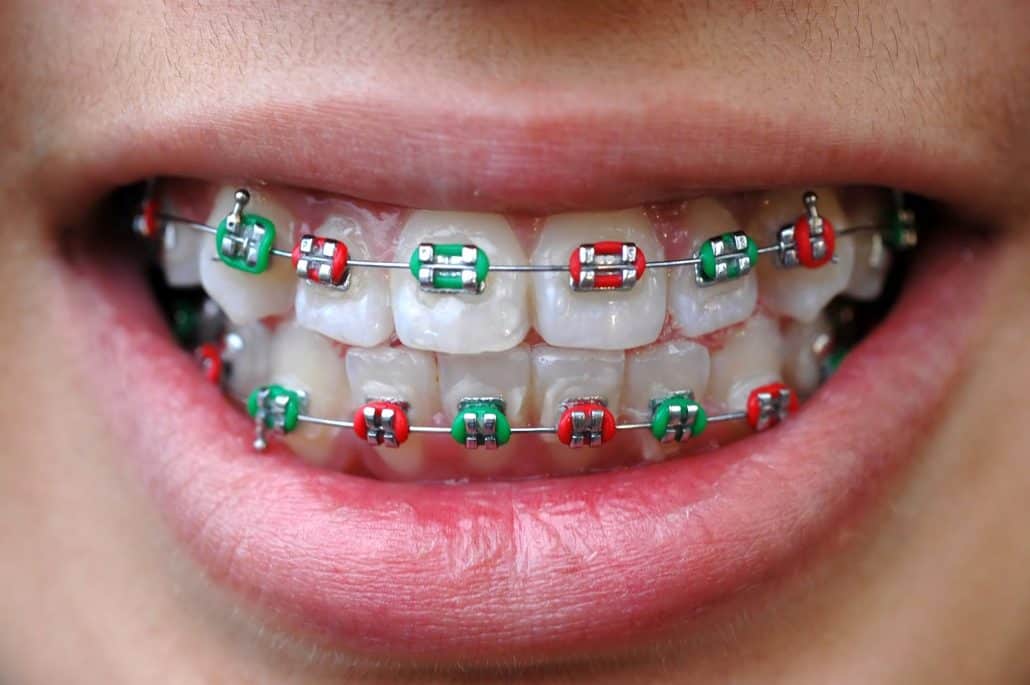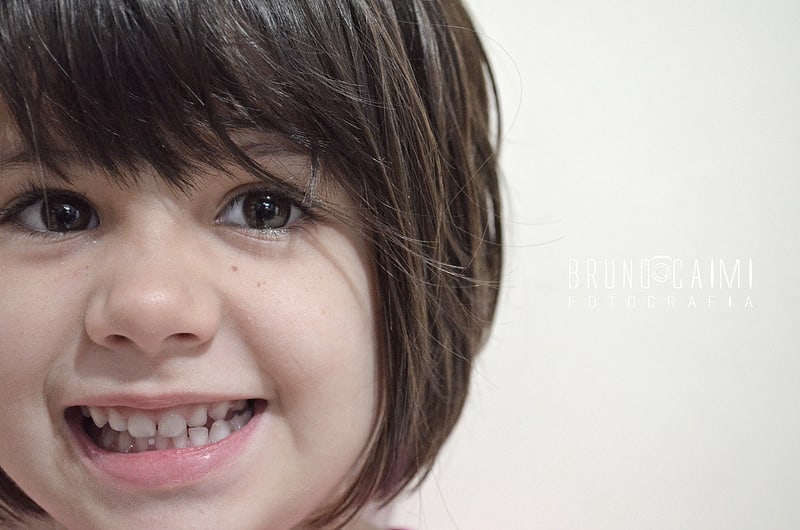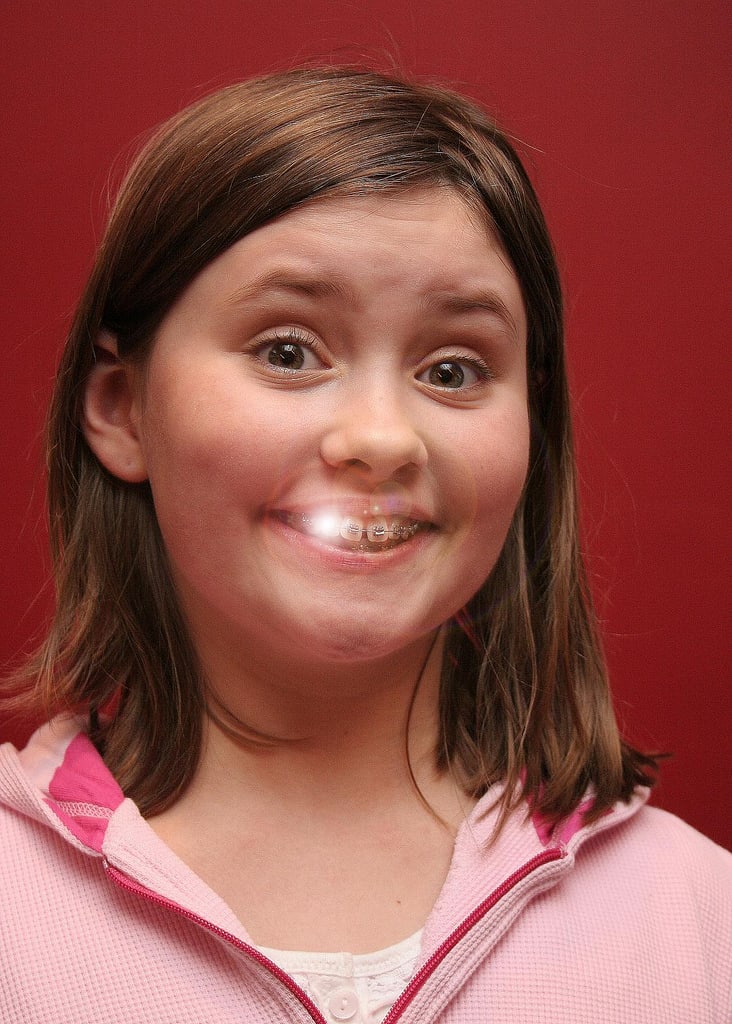
When it’s necessary to have multiple teeth removed, a common concern is how it will affect the appearance of the patient’s face. While some patients may experience a slight difference in their facial features, the fact is that most patients will have no noticeable difference in their outward appearance.
Determining If Tooth Extraction Is Necessary
Rest assured that the decision to remove teeth is not on taken lightly. A careful examination typically includes x-rays and an extensive evaluation of the teeth that may need to be removed to determine if there is another option where the teeth can be saved.
Reasons for the Removal of Teeth
• Misaligned teeth (including non-functioning teeth)
• Tooth infections (to prevent spreading to other teeth)
• Extra teeth (supernumerary teeth)
• Overcrowding (too many teeth for your mouth size)
To answer the question, “Will having teeth removed ruin my face?”, the answer is not likely due to the many advances in dental technology and the wide selection of options available to patients today. Take comfort in knowing that the procedure will take place in a modern office, performed by a highly trained professional.
Before and After Braces
Before considering braces, realize that the technology behind braces has changed over the years. Braces today are more comfortable and, in some cases, virtually invisible. Before getting braces, your orthodontist will go over your options and answer any questions you may have to ensure that you have all the information you need to make a well-informed decision when it comes to deciding if braces are right for you. After braces are removed, the following steps are usually taken:
• A thorough dental exam
• X-rays (to confirm that a proper alignment has been achieved)
• Fitting for a retainer (see below)
Don’t be afraid to ask questions before, during and after each visit. After braces are installed, be sure to follow your specific care instructions and report any unusual discomfort or pain.
Wisdom Teeth and Braces
If your wisdom teeth come in after you get your braces off, you may need to have those teeth pulled to prevent misalignment from the additional teeth. This, however, is decided on a case-by-case basis.
Wearing a Retainer
Most patients also need to wear a retainer for a certain period of time once the braces are removed to allow the gums and muscles within the mouth to adapt to the new position of the teeth. Retainers can also correct other minor orthodontic problems.
Wearing Your Retainer Is Important
While you may want to declare your freedom after your braces come off, it’s important to wear your retainer as instructed. It’s estimated that about 25 percent of dental patients compromise their end treatment by failing to wear their retainer as directed.
What to Expect With Braces
The first step in getting braces is to determine if you are a good candidate for braces. Patients with additional dental problems, such as gum disease, will need to have those problems corrected first before braces can be considered.
The Initial Fitting
Once it’s determined that braces will work for your particular misalignment issue, you’ll go through an initial fitting and related dental exam. The placement of braces includes:
• Attachment of brackets (to premolar and front teeth)
• Ring-like bands (placed around the molar teeth)
• Arch wire (to connect brackets and bands)
Note: Rubber bands and headgear may also be required, depending on the extent of the misalignment.
Regular Dental Appointments and Adjustments
Regular adjustments will be required to keep slight pressure on the teeth that need to be aligned. There may be some discomfort after each adjustment due to the tightening that will go away.
Care In-between Appointments
The most common issue with patients is cleaning braces after meals. You’ll be given special instructions on how to remove any food that may get stuck in your braces. If you follow your doctor’s care instructions, you should notice a positive change before and after braces are installed.
What You Need to Know About Braces
Braces are more versatile today than the braces of yesterday. While braces are commonly associated with teenagers, patients of all ages can benefit from wearing braces to correct alignment issues. Speaking of misconceptions, braces are not magnetic and you’re not likely to get radio and TV reception through your braces.
Wearing Your Retainer Is Important
While you may want to declare your freedom after your braces come off, it’s important to wear your retainer as instructed. It’s estimated that about 25 percent of dental patients compromise their end treatment by failing to wear their retainer as directed.
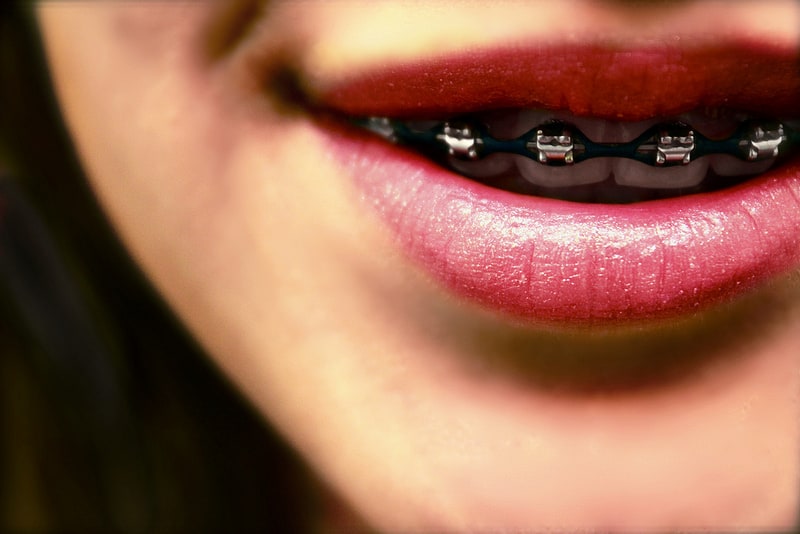
Average Cost of Braces
The cost of wearing braces can vary greatly, depending on the extent of your dental needs. For instance, patients with relatively straight teeth may only need to wear braces for several months to correct the problem and require no additional dental work beyond routine follow-up visits.
What’s Included in the Cost of Braces?
Patients with extensive overbites and related dental problems may have to wear braces for a few years and undergo additional dental procedures, ultimately affecting the overall cost of braces. Keep in mind that the cost of braces includes any related procedures and necessary office visits. Be sure to ask questions up front and get all the information you need concerning cost before making a final decision.
Insurance and Braces
Most dental insurance plans cover the cost of braces. However, if you do not have dental insurance, convenient payment plans can still allow you to enjoy the many benefits of getting braces.
If you live in Manhattan Beach, CA, you’re in luck.
Beach Braces Orthodontics, located in Manhattan Beach, specializes in Orthodontics for adults and children and would be happy to consult with you regarding lingual braces or any of the many other options available.
Beach Braces, 1730 Manhattan Beach Blvd. Suite B, Manhattan Beach, CA 90266
TEL: 310-379-0006 Fax: (310) 379-7051.
[super-post id=”sp54c9cee6c339e” title=”Related Posts” items=”5″ show_title=”true” title_length=”0″ title_ellipsis=”…” show_thumbnail=”true” remove_no_thumbnail=”false” icon_height=”40″ icon_width=”40″ icon_empty=”3612″ show_comments=”true” comment_icon=”https://www.beachbraces.org/wp-content/plugins/super-post/images/comments.png” show_date=”true” show_date_link=”true” date_icon=”https://www.beachbraces.org/wp-content/plugins/super-post/images/date.png” date_format=”F j, Y” show_author=”false” author_title=”View all posts by {author}” author_icon=”https://www.beachbraces.org/wp-content/plugins/super-post/images/author.png” show_category=”false” first_category=”true” category_separator=”, ” category_icon=”https://www.beachbraces.org/wp-content/plugins/super-post/images/category.png” offset=”0″ page_range=”5″ load_text=”Load more posts” query=”related” order=”DESC” post_status=”publish” title_trim=”words” load_style=”none” template=”left”]
Dr Patti Panucci attended the University of Louisville School of Dentistry for four years, where she graduated with a DMD degree (May 2000) among the Top 10 in her class. Following that, she headed west to Los Angeles to complete her three-year residency at one of the top-ranked orthodontic programs in the country – the University of Southern California.
Along with her certificate in orthodontics, Dr. Panucci earned a master’s degree in craniofacial biology. During those three years, she fell in love with Southern California beach life and decided that this was where her future lay.





